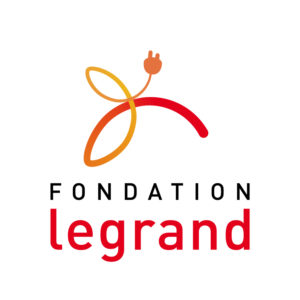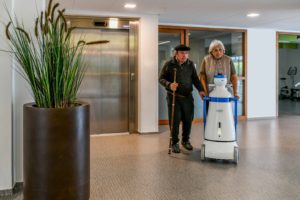The signs and reminders to wear a mask outside the home, lest those COVID-19 germs get in (or out), are everywhere. You could be strolling on the beach, with hardly anyone in sight, or in a park with everyone more than 6′ away, and you’re made to feel guilty for wanting to breathe fresh, unimpeded air. This Editor has seen people driving cars solo–with masks on, steaming up their glasses, and restricting their vision (and apparently hearing as one hears mainly one’s breathing) for a dangerous combination in driving safety. And even in a short visit to a supermarket, a fabric mask of the type most common to us civilians can make you feel a little light-headed, as you breathe in less O2 and more of your own CO2, like breathing in and out of a paper bag–as you touch the cheese and the detergent. It all begins to appear a little less than logical, a belief shared with medical professionals with whom I’ve spoken.
Along comes the BMJ to confirm exactly these concerns–and add a few more. A team from University College London and UCL Institute of Epidemiology and Health Care responded to a BMJ editorial that advised that “surgical masks should be worn in public to prevent some transmission of covid-19 [sic], adding that we should sometimes act without definitive evidence, just in case, according to the precautionary principle”. The authors of the ‘Rapid Response’ article note that the ‘precautionary principle’ also should prevent the neglect of potentially harmful side effects of any intervention, including the wearing of masks in public.
The two acknowledged (by most) side effects are: a false sense of security that may lead some to neglect proven infection control measures like hand (and face–Ed.) washing and inappropriate use of a face mask including facial touching and infrequent washing. The writers added five others:
- Speech is compromised, leading people to come closer simply to hear each other, and increasing contact risk
- The face mask propels exhaled air into the eyes, leading a person to touch their eyes and possibly contaminate them
- “Face masks make breathing more difficult. For people with COPD, face masks are in fact intolerable to wear as they worsen their breathlessness.” The rebreathed CO2 also may increase breathing frequency and deepness, thus more contaminated air exhaled in the infected, and conversely increasing their viral load.
- If face masks are already infected, these points are amplified
- Reduction in innate immunity that limits the spread of pathogens through the body. “If face masks determine a humid habitat where the SARS-CoV-2 can remain active due to the water vapour continuously provided by breathing and captured by the mask fabric, they determine an increase in viral load and therefore they can cause a defeat of the innate immunity and an increase in infections.”
In short, despite all the ‘stay safe’ and ‘mask up’ admonishments, there are both positive and negative effects of mask-wearing–and risks –and they certainly are not the cure-all for COVID spread. (We will, of course, see if COVID outbreaks in the next few weeks appear in the cities where demonstrations have been rampant and mask-wearing/physical distancing have been noticeably absent.–Ed. Donna)



















Most Recent Comments